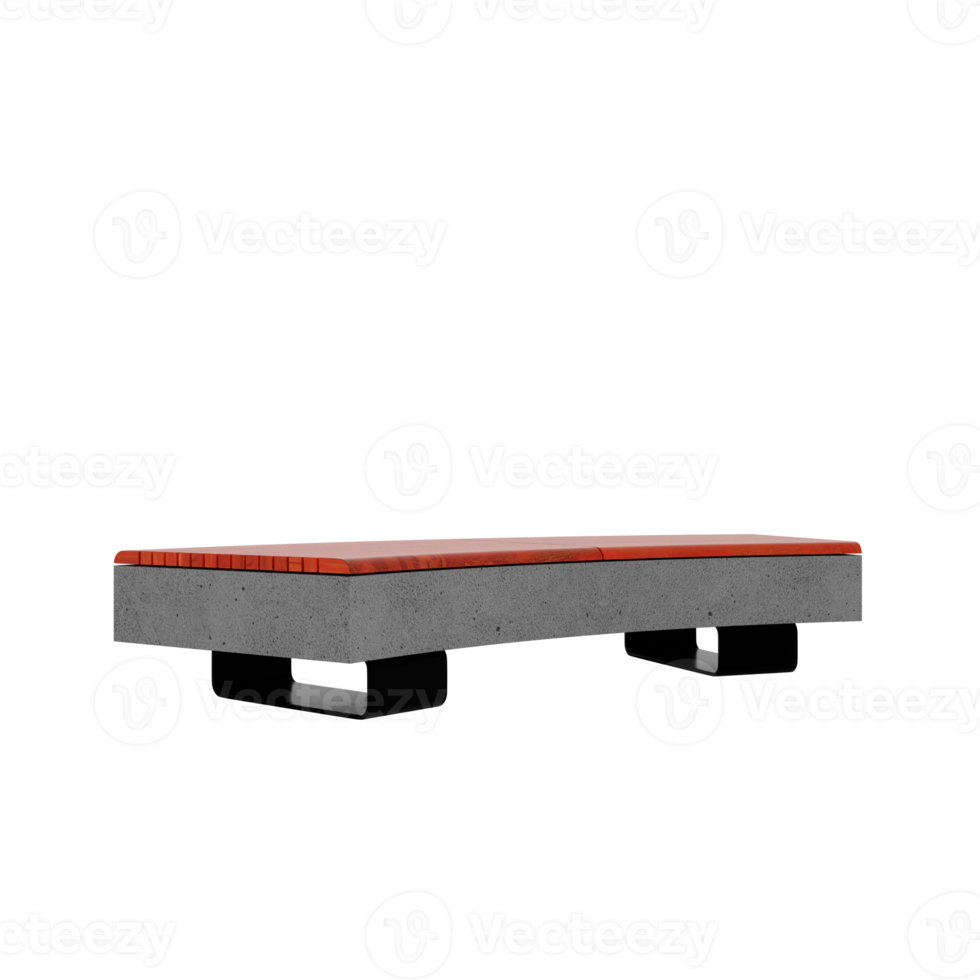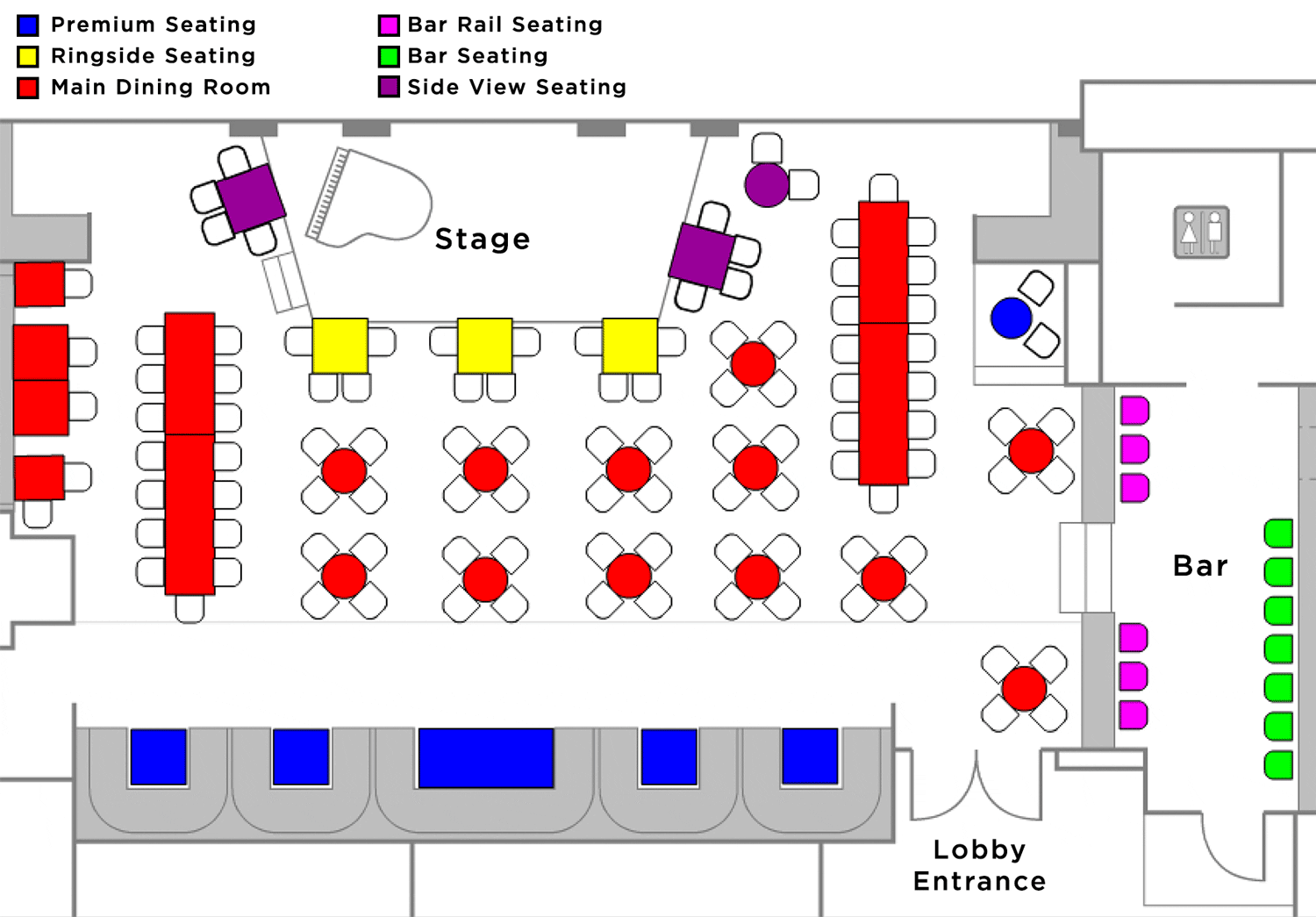Flat Seating Meaning: What It Is And Why It Matters In Modern Design
Flat seating has become a buzzword in the world of furniture and interior design, but what exactly does it mean? If you've ever found yourself scratching your head while browsing through catalogs or reading about the latest trends, you're not alone. Today, we're diving deep into the concept of flat seating, exploring its significance, benefits, and why it's making waves in the industry. So, buckle up, because we're about to break it down in a way that’s easy to digest.
Picture this: you're walking through a sleek modern lounge, and you notice how effortlessly the furniture blends into the space. The chairs and sofas seem to float effortlessly, creating an illusion of simplicity and sophistication. That, my friend, is the magic of flat seating. It's not just about functionality; it's about creating an atmosphere that feels both inviting and contemporary.
Whether you're a homeowner looking to upgrade your living room or a designer trying to stay ahead of the curve, understanding flat seating meaning is crucial. In this article, we'll explore everything from its definition to its practical applications, all while keeping things conversational and engaging. Let's get started!
Read also:Securely Connect Remote Iot Vpc Aws Troubleshooting When Its Not Working
Table of Contents
- What is Flat Seating?
- The History of Flat Seating
- Types of Flat Seating
- Benefits of Flat Seating
- Design Tips for Using Flat Seating
- Common Misconceptions
- Flat Seating in Commercial Spaces
- Flat Seating in Residential Spaces
- How to Choose the Right Flat Seating
- The Future of Flat Seating
What is Flat Seating?
Alright, let's start with the basics. Flat seating refers to furniture designed with a minimalist aesthetic, focusing on clean lines and a low-profile appearance. Think of it as seating that doesn't draw too much attention to itself but still manages to make a statement. It's all about simplicity, elegance, and functionality.
In simpler terms, flat seating is like the chill guy at the party who doesn't try too hard but still manages to be the life of the event. It blends seamlessly into any space, whether it's a cozy home or a bustling office environment.
Why is Flat Seating Important?
Flat seating is more than just a design trend; it's a reflection of modern living. In today's fast-paced world, people are looking for furniture that is both practical and visually appealing. Flat seating ticks all the right boxes by offering comfort without compromising on style.
Imagine walking into a room and feeling instantly at ease. That's the power of flat seating. It creates an environment that feels open, airy, and inviting. And let's be honest, who doesn't want that?
The History of Flat Seating
Now, let's rewind a bit and take a look at where flat seating came from. The concept has its roots in mid-century modern design, a movement that emphasized simplicity and functionality. Think of iconic designers like Charles and Ray Eames, who revolutionized the way we think about furniture.
Read also:Is Gorecenter Safe Unveiling The Truth Behind This Controversial Platform
Over the years, flat seating has evolved, adapting to changing tastes and technologies. Today, it's more popular than ever, thanks to its versatility and ability to adapt to different styles and spaces.
Key Influences on Flat Seating
- Mid-century modern design
- Minimalist aesthetics
- Advancements in materials and manufacturing
These influences have helped shape flat seating into what it is today: a staple in modern design.
Types of Flat Seating
Not all flat seating is created equal. There are several types to choose from, each with its own unique characteristics. Let's take a closer look at some of the most popular options.
1. Flat Seating Sofas
Sofas are perhaps the most common form of flat seating. They come in various shapes and sizes, from compact two-seaters to sprawling sectional sofas. The key feature is their low-profile design, which makes them perfect for modern living rooms.
2. Flat Seating Chairs
Chairs are another popular choice when it comes to flat seating. Whether it's a sleek armchair or a minimalist dining chair, flat seating chairs add a touch of elegance to any space.
3. Flat Seating Ottomans
Ottomans are a versatile addition to any room. They can serve as extra seating, a coffee table, or even a footrest. Flat seating ottomans are designed to be both functional and stylish, making them a must-have for any modern home.
Benefits of Flat Seating
So, why should you consider flat seating for your space? Here are a few reasons:
- Space-Saving: Flat seating is designed to take up less visual space, making it ideal for smaller rooms.
- Modern Aesthetic: Its minimalist design fits perfectly with contemporary interiors.
- Comfort: Despite its sleek appearance, flat seating is incredibly comfortable, thanks to advancements in cushioning and materials.
These benefits make flat seating a smart choice for anyone looking to upgrade their living space.
Design Tips for Using Flat Seating
Now that you know what flat seating is and why it's great, let's talk about how to incorporate it into your design. Here are a few tips to get you started:
1. Balance is Key
When using flat seating, it's important to balance it with other elements in the room. Pair it with statement pieces or bold colors to create a dynamic contrast.
2. Consider the Layout
Think about how people will move through the space. Flat seating can create a sense of flow, but it's important to ensure that it doesn't obstruct pathways or create clutter.
3. Mix and Match
Don't be afraid to mix different types of flat seating. Combining a flat seating sofa with a couple of accent chairs can add depth and interest to your design.
Common Misconceptions
There are a few misconceptions about flat seating that we need to address. Let's clear the air:
1. Flat Seating is Only for Modern Spaces
Wrong! While flat seating is often associated with modern design, it can work in a variety of styles. From rustic to industrial, flat seating can be adapted to fit almost any aesthetic.
2. It's Not Comfortable
This is another myth. Advances in materials and construction have made flat seating incredibly comfortable, proving that style and comfort can coexist.
Flat Seating in Commercial Spaces
Flat seating isn't just for homes; it's also a popular choice in commercial settings. From offices to hotels, flat seating offers a range of benefits that make it ideal for public spaces.
For example, in an office environment, flat seating can create a more relaxed atmosphere, encouraging collaboration and creativity. In hotels, it adds a touch of luxury while maintaining functionality.
Flat Seating in Residential Spaces
When it comes to residential spaces, flat seating can transform any room. Whether you're designing a living room, bedroom, or even a home office, flat seating can add a modern touch that elevates the entire space.
One of the best things about flat seating in residential spaces is its versatility. It can be dressed up or down, depending on your personal style and the needs of the room.
How to Choose the Right Flat Seating
Choosing the right flat seating can be overwhelming, especially with so many options available. Here are a few factors to consider:
- Material: Look for durable, high-quality materials that will stand the test of time.
- Size: Make sure the seating fits the dimensions of your space without overwhelming it.
- Style: Choose a style that complements your existing decor and reflects your personal taste.
By keeping these factors in mind, you'll be able to find flat seating that meets both your aesthetic and functional needs.
The Future of Flat Seating
As we look to the future, it's clear that flat seating will continue to evolve. Advances in technology and materials will only enhance its appeal, making it even more desirable for both commercial and residential spaces.
One trend to watch is the integration of smart technology into flat seating. Imagine chairs and sofas that can adjust to your preferences, offering personalized comfort and support. It's not science fiction; it's the future of flat seating.
Final Thoughts
Flat seating meaning goes beyond just furniture; it's a philosophy of design that values simplicity, functionality, and style. Whether you're a homeowner, designer, or business owner, flat seating offers something for everyone.
So, what are you waiting for? Dive into the world of flat seating and discover how it can transform your space. And don't forget to share your thoughts and experiences in the comments below. We'd love to hear from you!
Article Recommendations


